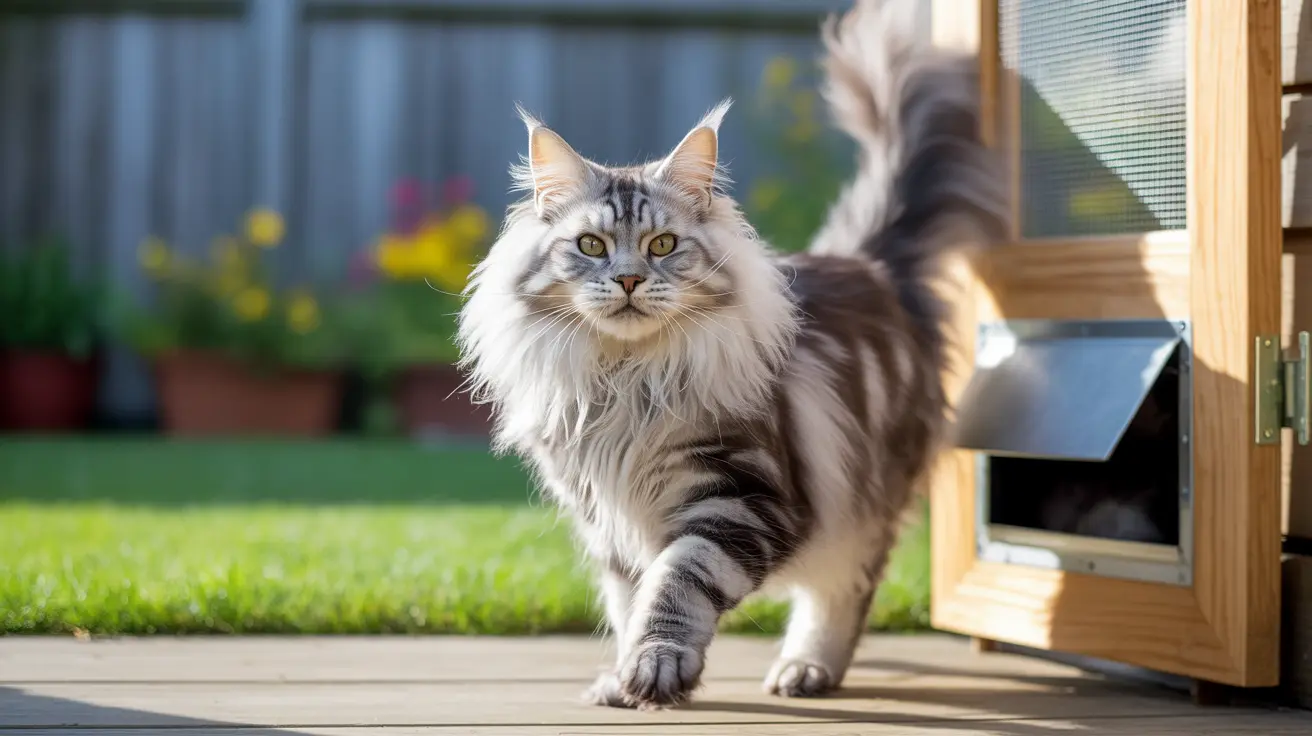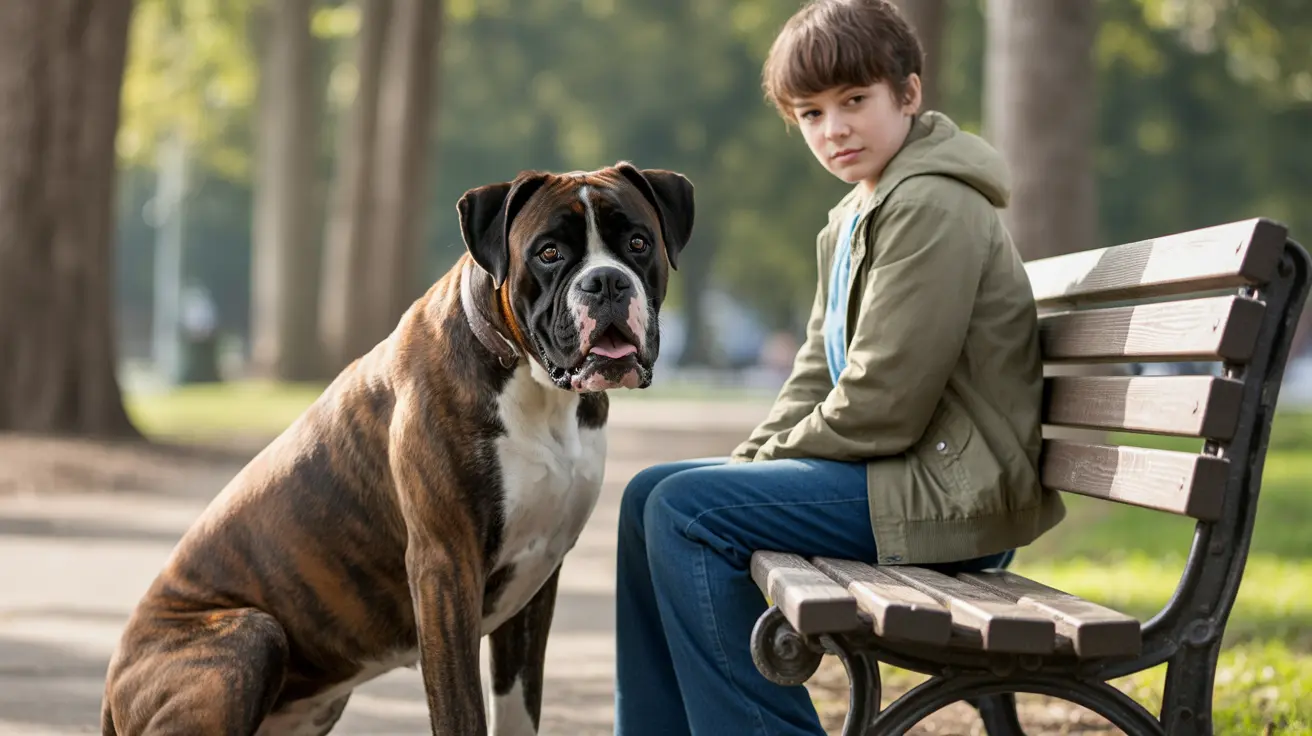Exploring the Relationship Between Bears and Dogs
When you look at a bear and a dog, it might be hard to imagine they're distant relatives. Yet, science tells us there's a fascinating connection between these two animals that goes much deeper than surface similarities.
The Carnivora Order and Its Branches
Both bears and dogs are mammals classified in the order Carnivora. This group includes many meat-eating mammals, but it's split into two big branches: Caniformia (the dog-like carnivorans) and Feliformia (the cat-like carnivorans). Bears (family Ursidae) and dogs (family Canidae) both fall under Caniformia, making them more closely related to each other than to cats, which are part of Feliformia.
The Caniformia Suborder: More Than Just Bears and Dogs
Caniformia isn't just about bears and dogs. It also includes:
- Pinnipeds (seals, sea lions, walruses)
- Mustelids (weasels, otters, badgers)
- Procyonids (raccoons)
- Mephitids (skunks and stink badgers)
- Ailurids (red pandas)
This diverse group shares some evolutionary features. Many walk with their soles on the ground (plantigrade posture), have nonretractile claws (though there are exceptions), and tend toward omnivorous or generalist diets. You'll also notice caniforms usually have longer jaws and more teeth than their feliform cousins, with less specialized carnassial teeth for slicing meat.
A Shared Ancestry: The Eocene Connection
Molecular and fossil evidence points to a common ancestor for bears and dogs within Caniformia. This ancestor lived between roughly 38 and 50 million years ago during the Eocene epoch. These early caniforms were small forest-dwellers—think something like today's martens or weasels. Over millions of years, this lineage split into several families as each adapted to new ecological niches.
- The family Canidae (dogs, wolves, foxes) branched off early from other caniforms.
- Bears (Ursidae) are more closely related to groups like seals and mustelids than they are to canids.
The Curious Case of Bear-Dogs
You might've heard of "bear-dogs"—the amphicyonids. These extinct caniforms were neither true bears nor true dogs but had traits of both. They roamed from the Eocene through the Miocene epochs, coming in all shapes and sizes—from fox-sized forest creatures to predators as large as polar bears. Amphicyonids aren't direct ancestors of modern bears or dogs; instead, they represent an early offshoot within Caniformia before the main bear and dog lineages took shape.
Anatomy & Evolution: Similarities and Differences
Bears and dogs share some anatomical features thanks to their shared ancestry—like certain dental structures and generalist feeding habits. But after tens of millions of years evolving apart:
- Bears became larger with bulkier bodies suited for omnivory.
- Dogs evolved as more agile pack-hunters with adaptations for running down prey.
Superficial similarities you might spot between a bear cub and a big dog stem from these retained ancestral traits—and sometimes convergent evolution when similar environments push unrelated animals toward similar solutions.
The Genetic Perspective
Genomic analyses confirm that while bears and dogs share an ancient ancestor within Caniformia, they diverged tens of millions of years ago. Each is much more closely related to members of its own family than to the other group—but both remain part of that larger caniform family tree.
Why This Matters
This evolutionary relationship helps explain why you might notice certain similarities in physiology or behavior between bears and dogs. Understanding where these animals fit in the tree of life offers insight into how carnivorous mammals diversified across time—and why some traits persist while others change dramatically.





